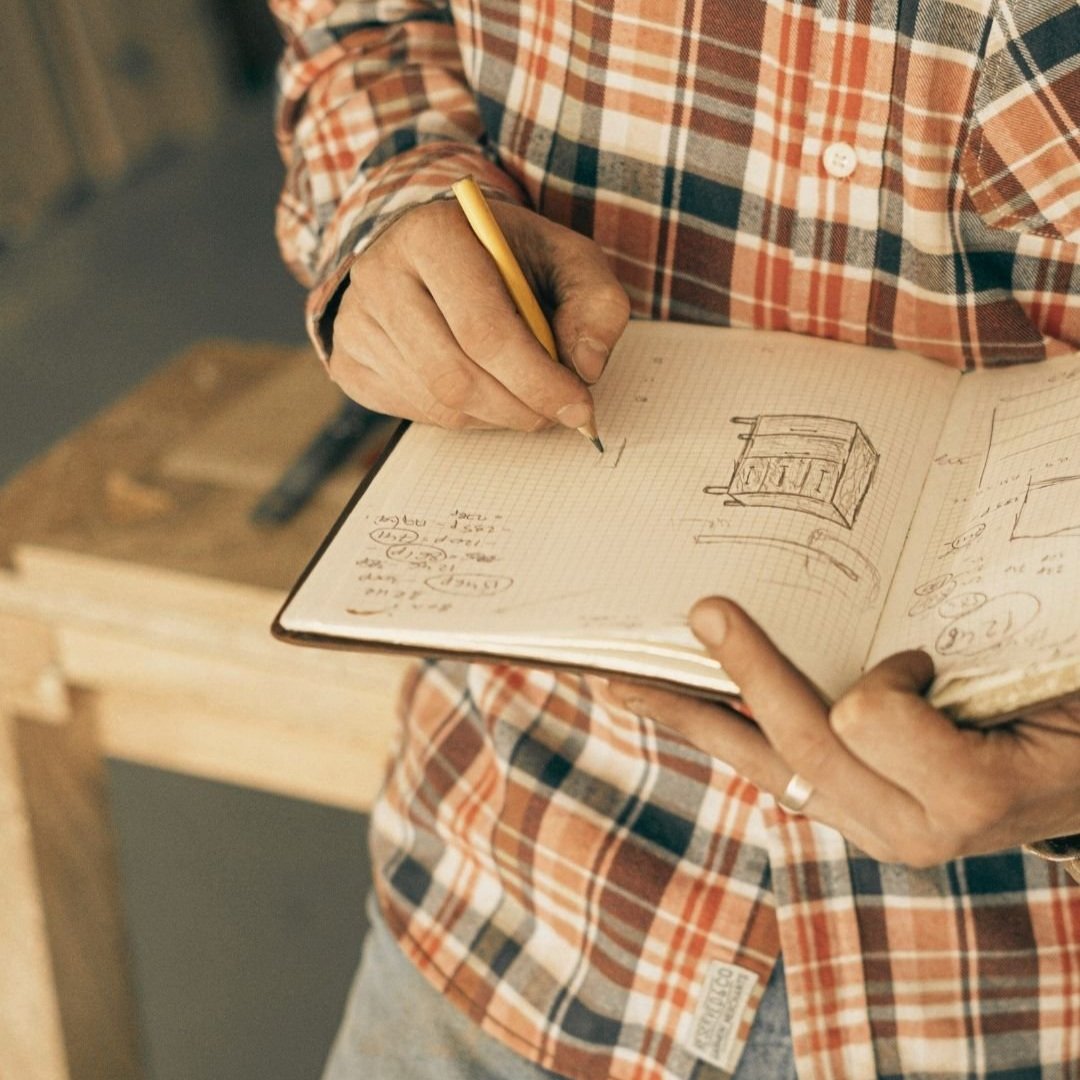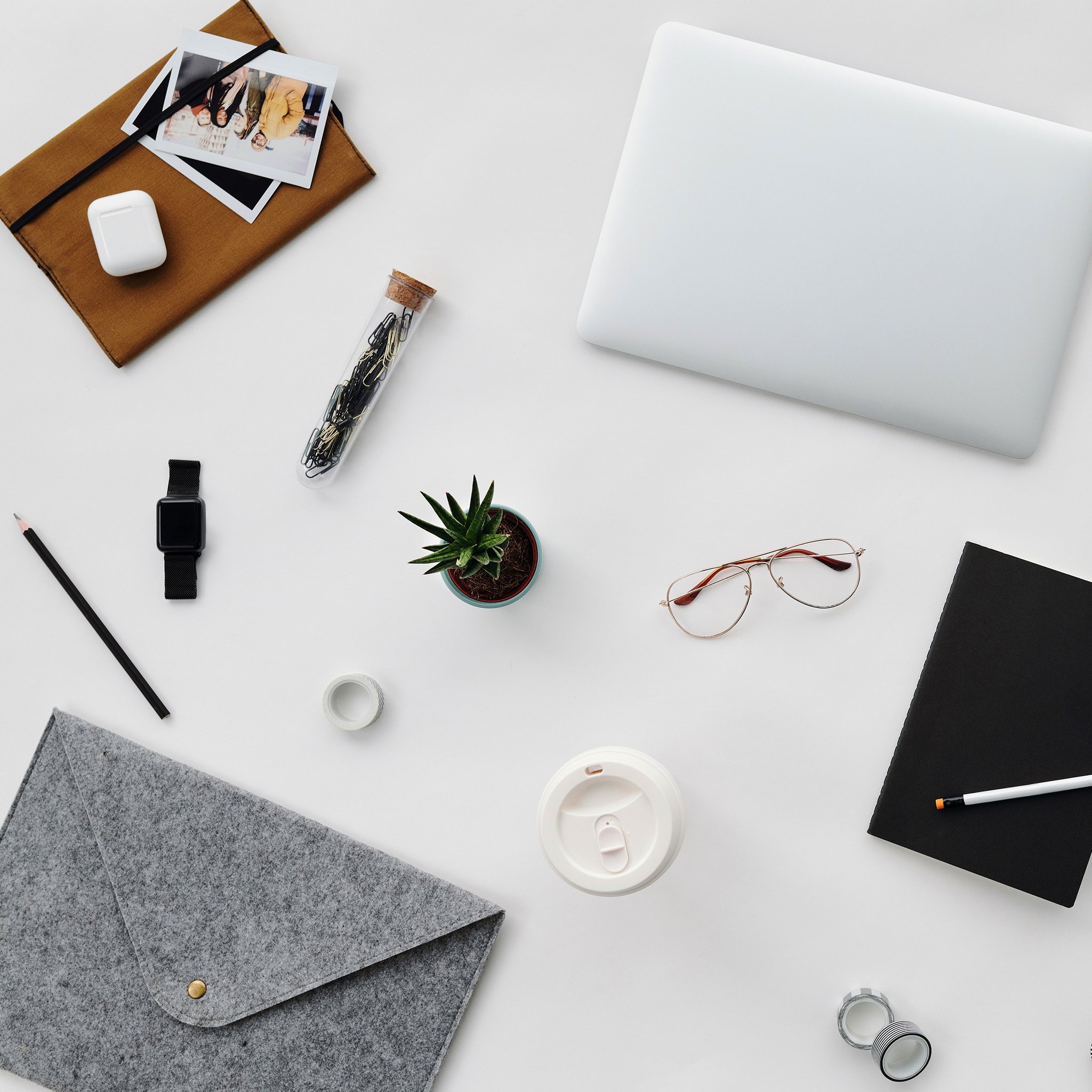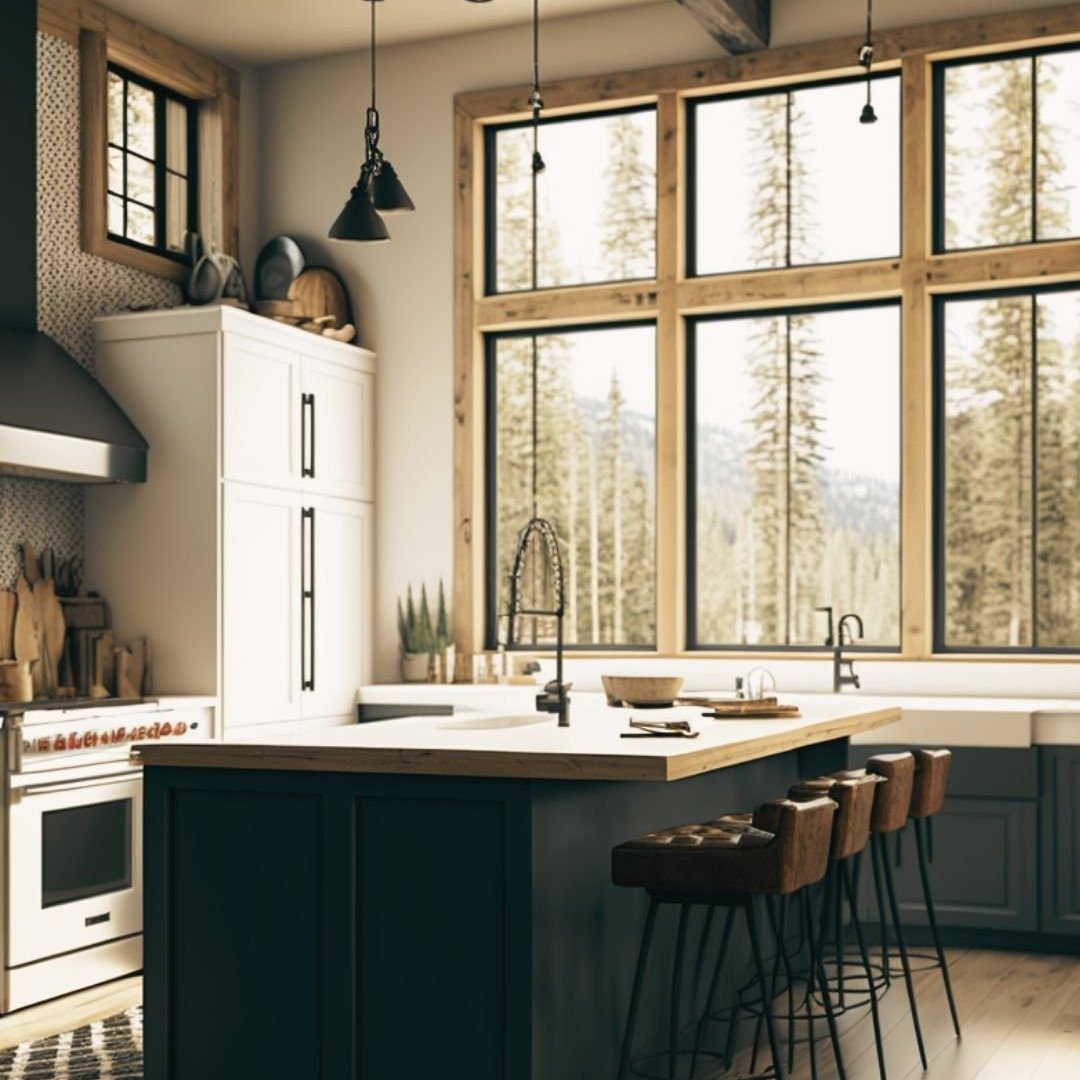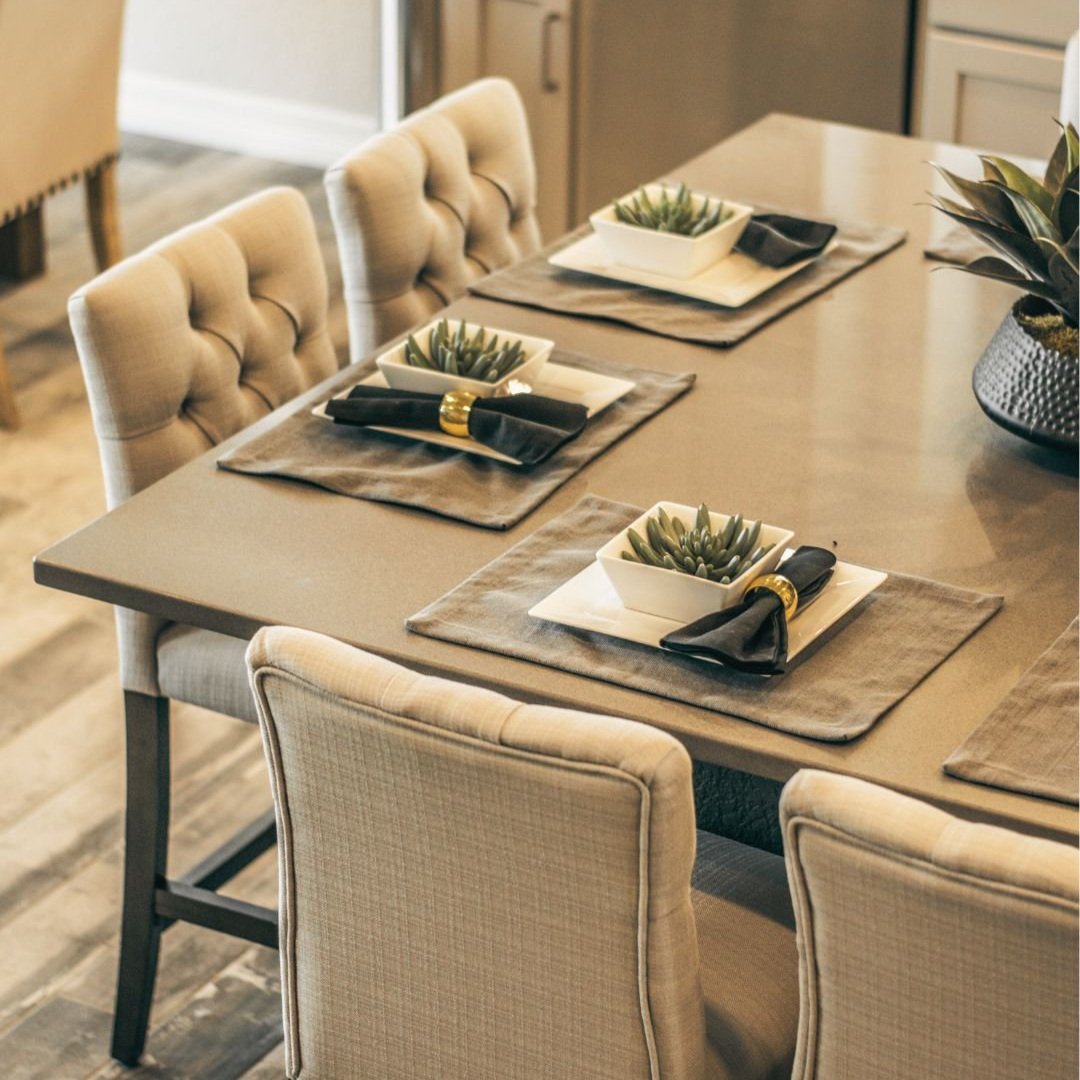The Rise of Biophilic Design
/With hashtags like #urbanjungle and #sustainablehome trending on social media, it's clear that many people are looking to bring a bit of nature into their lifestyles and living spaces. This desire for a connection with nature helps to explain the rise of biophilic design, a term that simply means "nature lover" design. So let’s have a look at where this concept came from and how you can incorporate it into your own designs!
Biophilic design has its roots in the concept of biophilia introduced by biologist E.O. Wilson in the 1980s. Stephen Kellert, a prominent proponent of biophilic design, expanded upon this idea by describing six elements of it.
Natural shapes and forms
Light and space
Natural processes and patterns
Environmental features
Plant-based relationships
Evolved human-nature relationships
In today's fast-paced and technology-driven world, people are seeking refuge from the stress and noise of modern life. Biophilic design offers a way to bring the tranquility and beauty of the natural world into our built environments, creating spaces that promote relaxation, creativity, and wellbeing.
In fact, recent research has shown that biophilic design can have a significant impact on people's health and productivity. For example, a study by Harvard University found that people who worked in environments with natural elements like plants and sunlight were more productive and had better overall health than those who worked in traditional office settings.
A famous example of this is the Amazon Spheres in Seattle. These three interconnected glass domes are filled with more than 40,000 plants from around the world, creating a lush and vibrant indoor rainforest. The Spheres were designed to provide Amazon employees with a unique and inspiring workspace, and they have become a popular tourist attraction as well.
And besides its wellness and productivity benefits, biophilic design can also be visually stunning. For example, Frank Lloyd Wright's Fallingwater, a house built over a waterfall in Pennsylvania, is a classic example. The house is integrated into the surrounding natural environment, with large windows that offer sweeping views of the forest and waterfall.
So, if you're looking to incorporate biophilic design into your projects, there are plenty of reasons to do so. Many interior designers would agree that it’s best not to pack so many plants into a space that it looks like a post-apocalyptic plant takeover. But you can artfully apply some principles of biophilic design. Here are a few tips:
Bring in natural light
Natural light is one of the easiest ways to connect a space to the outdoors. Consider adding skylights, large windows, or even light wells to bring in more natural light.
Use natural materials
Incorporating natural materials like wood, stone, clay, natural fibers, and plants can help create a more organic and calming environment. Consider using reclaimed wood or stone to add texture and depth to a space.
Create indoor gardens
Plants not only add visual interest to a space, but they also help purify the air. Consider adding living walls, potted plants, or even a small indoor garden to your projects. Be mindful of clients’ allergies and plants that are toxic to pets, including aloe vera plants, sago palms, and rubber plants.
Consider the views
When designing a space, think about the views that will be visible from inside. If there are trees, mountains, or other natural elements outside, try to frame them in a way that creates a connection between the indoors and outdoors.
Keep it simple
Biophilic design is all about simplicity and creating a connection with nature. Don't overcomplicate your designs with too many competing elements. Instead, focus on creating a calming and natural environment that invites people to relax and connect with the space.
Biophilic design is a trend that is here to stay. By incorporating natural elements into your designs, you can create spaces that are not only beautiful but also beneficial to people's health and wellbeing. So, experiment with natural materials, indoor gardens, and simple design elements. Your clients will thank you!
xx, Danae
































































































































